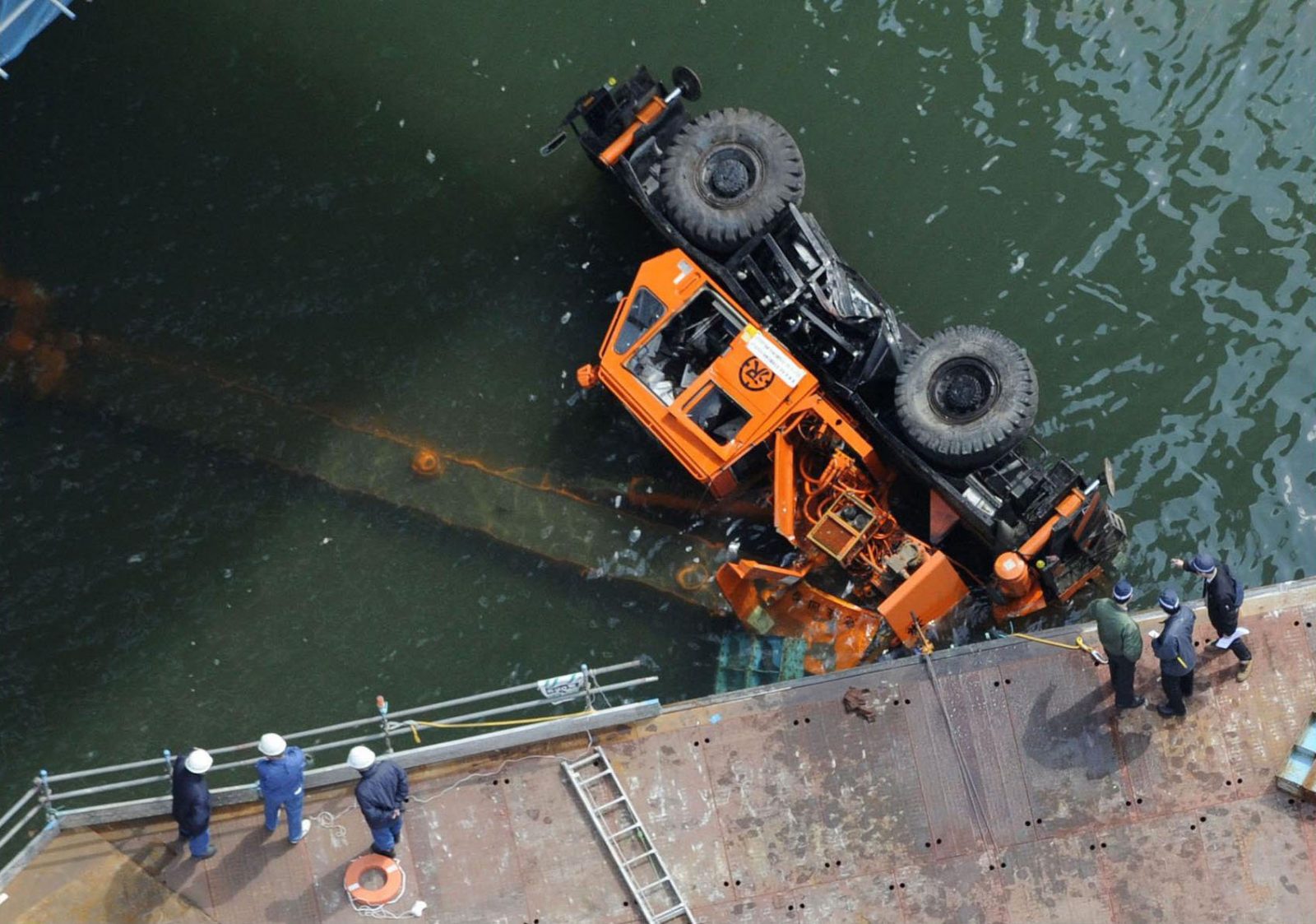Construction sites are inherently risky environments, especially when heavy machinery is involved. Accidents can lead to severe injuries, impacting not only the workers’ physical well-being but also their financial stability. If you’ve been injured in a heavy machinery construction accident, it’s essential to get in touch with a Manhattan construction accidents attorney and understand who might be liable for compensating you for your injuries. In this blog, we’ll explore the concept of liability, delve into New York’s Labor Law 240, and address the specific scenario of ladder falls from heavy machinery.
Liability in Construction Accidents
Liability determination in construction accidents can be challenging since several parties may be involved. The concept of liability centers around negligence or breach of duty. The liable party is the one whose negligence or failure to meet safety obligations directly led to the accident and subsequent injuries.
In New York, construction workers have certain legal protections, particularly under the Labor Law 240, also known as the “Scaffold Law.”
Labor Law 240 and Its Significance
Labor Law 240 places a significant burden of responsibility on property owners and contractors, particularly in cases where workers are injured due to elevation-related risks. This law is designed to protect workers engaged in construction, demolition, and repair work who are exposed to the risk of falling from heights or being struck by falling objects. It places the duty to provide adequate safety measures on property owners, contractors, and their agents.
When heavy machinery is involved in construction, the operators of such machinery are required to follow proper safety protocols and ensure the safety of those working in proximity. Learn about the required safety protocols from a Manhattan construction accidents attorney.
Ladder Falls from Heavy Machinery
Ladder falls from heavy machinery are unfortunately common occurrences in construction sites. Workers may be required to use ladders to access elevated areas on or near heavy machinery, increasing the risk of falls. In such cases, liability for injuries can extend to various parties, depending on the circumstances:
Property Owners: If the property owner failed to provide proper safety measures or knowingly allowed hazardous conditions to persist, they might be held liable for injuries resulting from ladder falls.
Contractors: Contractors overseeing the construction site have a duty to ensure that safety protocols are in place. If they neglect to implement appropriate safety measures or provide faulty equipment, they could be deemed responsible for injuries.
Heavy Machinery Operators: Operators of heavy machinery must exercise caution and take preventive measures to ensure that workers in the vicinity are not exposed to unnecessary risks. If an operator’s negligence contributes to a ladder fall incident, they might share liability.
Manufacturers: If the ladder itself was defective or malfunctioned due to a manufacturing defect, the ladder manufacturer could be held responsible for injuries sustained.
Supervisors and Foremen: Those in supervisory roles are responsible for overseeing workers and ensuring that safety guidelines are followed. If they fail to provide proper instructions or neglect to address hazardous conditions, they could share liability.
In a heavy machinery construction accident in New York, liability for compensating injured workers extends to a range of parties, including property owners, contractors, heavy machinery operators, manufacturers, and supervisors. Labor Law 240 places a significant emphasis on worker safety, particularly in cases involving elevation-related risks, such as ladder falls from heavy machinery. If you’ve suffered injuries in such an accident, consulting with legal professionals experienced in construction accident cases such as Manhattan construction accidents attorney from Siler and Ingber’s team is crucial to help you understand your rights and pursue the compensation you deserve. Remember, prioritizing safety on construction sites can go a long way in preventing these accidents and protecting the well-being of workers.

